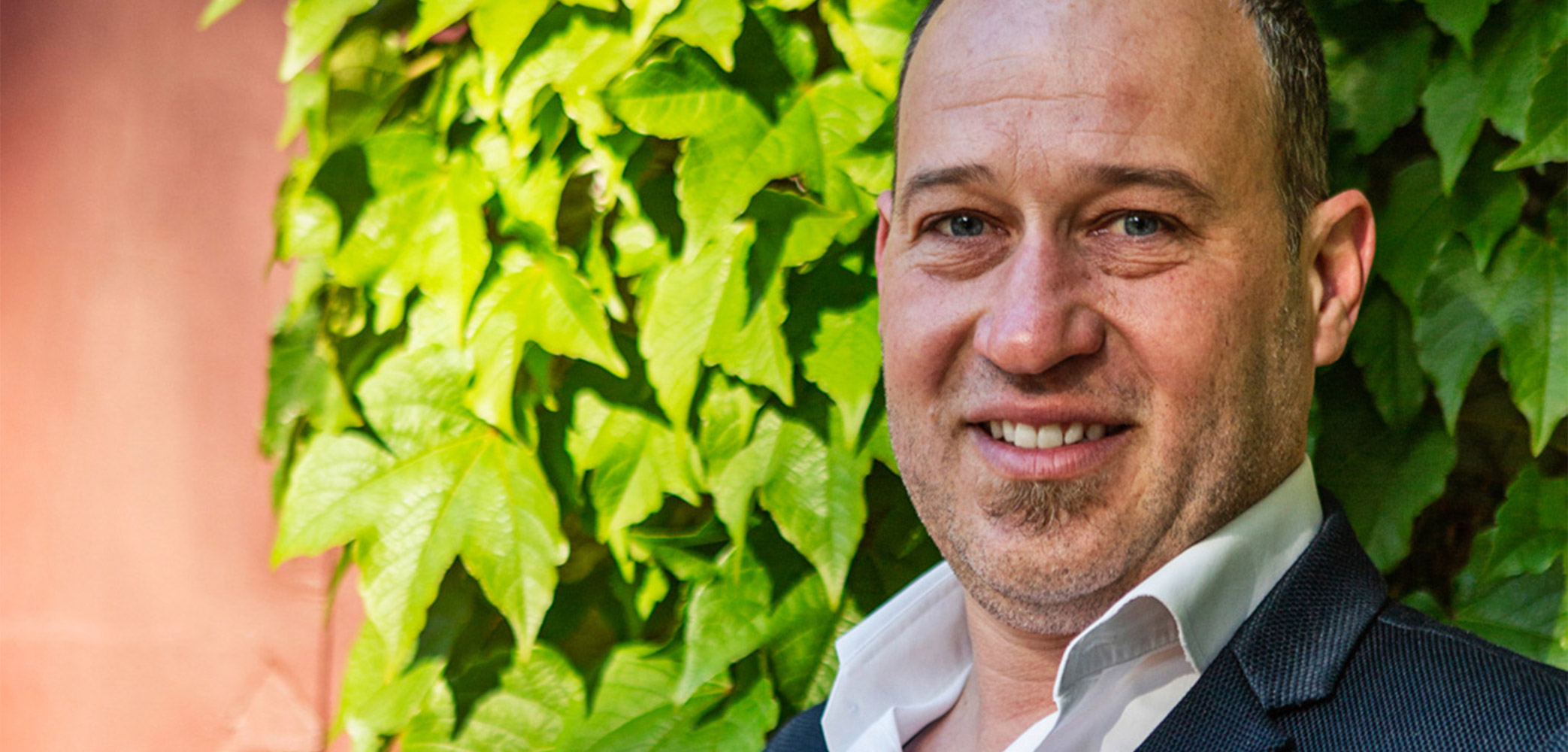Winemaker and president of the Consorzio di Tutela del Roero
Interview with Francesco Monchiero
Photos: m.a.

Winemaker Franceso Monchiero is already in his third term as president of the Consorzio di Tutela del Roero, covering the region’s 233 wineries. The consortium was founded under his leadership (2013) and a map was created with 135 MGAs (2017), or additional geographical designations to account for the features of every individual site within the larger area of origin.
Francesco Monchiero, what makes the Roero wine region – the left bank of the Tanaro river – different to the other major appellations in Piedmont?
We have a unique area that also differs significantly from other well-known wine regions in Piedmont. First and foremost, we are geologically younger: whilst Langhe was created 9 to 12 million years ago, we only emerged from the primordial ocean 2 to 3 million years ago. This means that as well as marl, our soils also contain a significant amount of sand. This is unique in southern Piedmont and is responsible for the special, often mineral character of our wines, particularly Arneis and Nebbiolo. However, huge biodiversity means that Roero is a thriving home for not only grapes but also fruit and vegetables: strawberries, peaches and Roero asparagus are famous even beyond the region.
Arneis is the key word: this indigenous white grape is Roero’s jack of all trades, able to make both fresh vintage wines and Riservas for laying down...
95% of the world’s Arneis is grown by us in Roero. We offer it both an exceptional microclimate and perfectly suited soils. The sandy elements provide the grapes with a very particular form of expression.
Does Arneis also offer huge ageing potential?
Arneis has long demonstrated good potential for ageing. We therefore created Roero Arneis Riserva in 2017. This wine is matured for a minimum of 16 months before hitting the market. Experienced consumers are already appreciating this quality in a white wine, and I am certain that Arneus Riservas will attract even greater attention in the future. Although this grape variety has been here since the Middle Ages, we first discovered it around 30 years ago. Many of the vines are still young, and there are plenty of opportunities left to explore.
Roero is currently known more for its white wines, but red Nebbiolo also has great potential...
We are the number three DOCG in Piedmont for Nebbiolo (after Barolo and Barbaresco), but our Roero DOCG is very different to Nebbiolo from our neighbours. The sand in the soil means that Roero Rosso is shaped by primary aromas rather than maturation notes. On the palate, it is also elegant in the attack, with the sweet tannins preventing it from becoming aggressive. An increasing number of wineries are making Roero Rosso, and average quality levels are high: a Roero Rosso or a Riserva will be made using only the best grapes.
Is wine tourism also becoming increasingly important?
Yes, particularly given Roero’s diversity which is being discovered by an increasing number of nature and wine enthusiasts: our vineyards, our villages and our rocche are unique, and we have exceptional wineries but also fantastic chefs, plus 105 facilities offering accommodation to suit any taste. ‘Percorsi tra i Cru del Roero’ is a new project in this vein. Thus far there have been four tours created under this title that can be completed on foot or by bicycle, with panorame stupende – impressive views – as part of the package. There is also a free app that guides you and also offers some information about Roero, its grapes and its wines. We want to make the world aware of Roero in all its glory – as a region for wine, nature and tourism. Roero could be the Burgundy of Italy.
What does the future look like?
Our goal is to present Roero as a whole with all of its many elements, and the consortium is working together to achieve this. Of course, the historic wineries played a major role in developments, but now the new, younger generation is at the helm, bringing with them a whole new self-image. They understand the uniqueness and beauty of our region.




